RMI Expeditions Blog
Posted by: Steve Gately, Ben Ammon, James Bealer
Categories: Expedition Dispatches Mt. McKinley
Elevation: 14,200'


Posted by: Mike Walter, Alan Davis, Alex Halliday
Categories: Expedition Dispatches Mt. McKinley
Elevation: 14,200'

On The Map
Posted by: Steve Gately, Ben Ammon, James Bealer
Categories: Expedition Dispatches Alaska Mt. McKinley
Elevation: 11,200'

On The Map
Hi Steve. Bruins swept, sitting and waiting on a 3-2 blues over sharks series. Chara still 7’0” on skates and moves like a sack of pea gravel. Go Red Wings.
Posted by: Wild Bill on 5/21/2019 at 11:08 am
Posted by: Mike Walter, Alan Davis, Alex Halliday
Categories: Expedition Dispatches Mt. McKinley
Elevation: 14,200'
.jpg)
Appreciate the updates and photos from Denali. Sure hope the weather cooperates for more climbing tomorrow. Glad they have an excellent contractor to help build snow walls around the camp. Hope you are keeping warm up there, Tom!
Posted by: Susan Royce on 5/21/2019 at 11:23 am
Great newsy updates! Sounds like this year’s climb is going well. Hope your rest day and snow walls prove successful! Good luck with the winds!
We are all thinking of you, Tom M, and hoping your new gear is keeping you safe!
xo
Posted by: Susan Mulvey on 5/21/2019 at 10:55 am
Posted by: Elias de Andres Martos, Chris Ebeling
Categories: Expedition Dispatches Mount Rainier
Elevation: 14,410'
Way to go Val and Oscar, so exciting to see you guys made it!! cant wait to hear all about it in the warmth of miami weather.
Posted by: Linda Bustos on 5/20/2019 at 2:54 pm
Congratulations Teams!!
Posted by: Jamie Kindt on 5/20/2019 at 2:16 pm


Posted by: Mike Walter, Alan Davis, Alex Halliday
Categories: Expedition Dispatches Mt. McKinley
Elevation: 14,000'

On The Map
Go Tom Mulvey from San Rafael Rotary! May the weather favor you the rest of the way too! You deserve an easy one this time.
Posted by: Paul Claeyssens on 5/20/2019 at 12:55 pm
The cream of the crop will rise to the top
Posted by: Chris Torney on 5/19/2019 at 9:39 pm
Posted by:
Categories: Mountaineering Fitness & Training

There are several terms in training articles that get thrown around in confusing ways: aerobic threshold, lactate threshold, anaerobic threshold, aerobic capacity, VO2 Max, anaerobic capacity, and functional threshold power or pace. Many of these terms have definitions that are quite similar to each other, with minute differences that matter in the field of sports science, but are basically equivalent for athletes training. These terms all fit into three main categories that are important for us to understand as endurance athletes.
Aerobic threshold (AeT)
The aerobic threshold is defined as the intensity of exercise at which lactate levels in the blood begin to rise from their baseline. Lactate accumulation indicates that the metabolic pathways that are fueling our muscles with energy have begun to shift to a combination of aerobic and anaerobic mechanisms, and if the intensity that we are working at stays the same, or increases, lactate will continue to build. This is in effect an endurance limiter. Aerobic capacity is essentially the same term – it refers to the amount of work that can be performed before the athlete reaches their AeT.
Lactate Threshold (LT)
Lactate Threshold is the level of intensity at which lactate in the blood reaches 4 millimoles/liter. This is a tiny amount and is something that requires a blood test during exercise in a lab to determine. The more useful definition for athletes is that it is the intensity at which lactate production exceeds its removal. This is also the defining line above which, exercise can only be sustained at that intensity for short periods of time before fatigue and slowing set in. Consider this the upper-end limit to endurance. While the definitions are slightly different, this is essentially the same thing as Anaerobic Threshold (AnT) anaerobic capacity, and functional threshold. They all refer to the point at which the metabolic pathways switch to a primarily anaerobic pathway that burns glycogen (carbohydrates), and the ability to sustain that intensity will be limited.
VO2 Max
VO2 Max refers to the maximum amount of oxygen that the body can utilize for energy during an all-out effort that is well above their AnT. Theoretically, the better your body is at delivering oxygen to where it needs to go, and the better adapted your muscle cells are to exercise, the more oxygen they will be able to utilize to make ATP (energy) and the more energy they will have to do work. Sounds simple enough right? VO2 Max has been a big focus in endurance sports for a long time, partly because it is easily quantifiable. However, ask elite coaches, such as those at Uphill Athlete, and they will tell you that VO2 Max doesn’t correlate very well to performance, and seems largely determined by genetics. Athletes for decades spent considerable effort training to increase their VO2 max, but recent studies suggest that that time would be better spent increasing the aerobic threshold.
Why do these terms matter? One dispels a popular myth related to training (VO2 Max), while the other two are the categories where we as athletes have the greatest abilities to affect our metabolic and motor pathways to achieve better performance. The balance of aerobic threshold and lactate threshold training that we do as we prepare for a large climb will determine how we perform. We’ll be diving into these two topics in more depth in the coming weeks so stay tuned!
_____
There are several great resources that provide a lot more information on these topics. For this article, we pulled from Joe Friel’s blog and from the recent book, Training for the Uphill Athlete, from the folks at Uphill Athlete. We can’t recommend the book enough if you are serious about training for endurance mountain sports!
Comments? Questions? Share your thoughts here in the comments!
Posted by: Dave Hahn, Hannah Smith
Categories: Expedition Dispatches Mount Rainier
Elevation: 10,080'
So crazy how much different things can be up on the mountain. It’s shorts and t-shirts weather down in Seattle. Bummer…
Posted by: Jordan Cook on 5/19/2019 at 1:11 pm
Sorry you guys weren’t able to make the attempt. Next year!
Posted by: David Payne on 5/19/2019 at 9:36 am



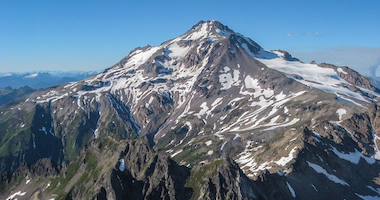



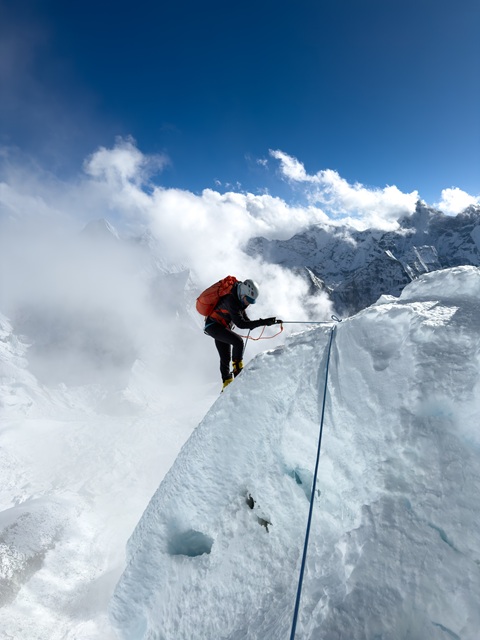

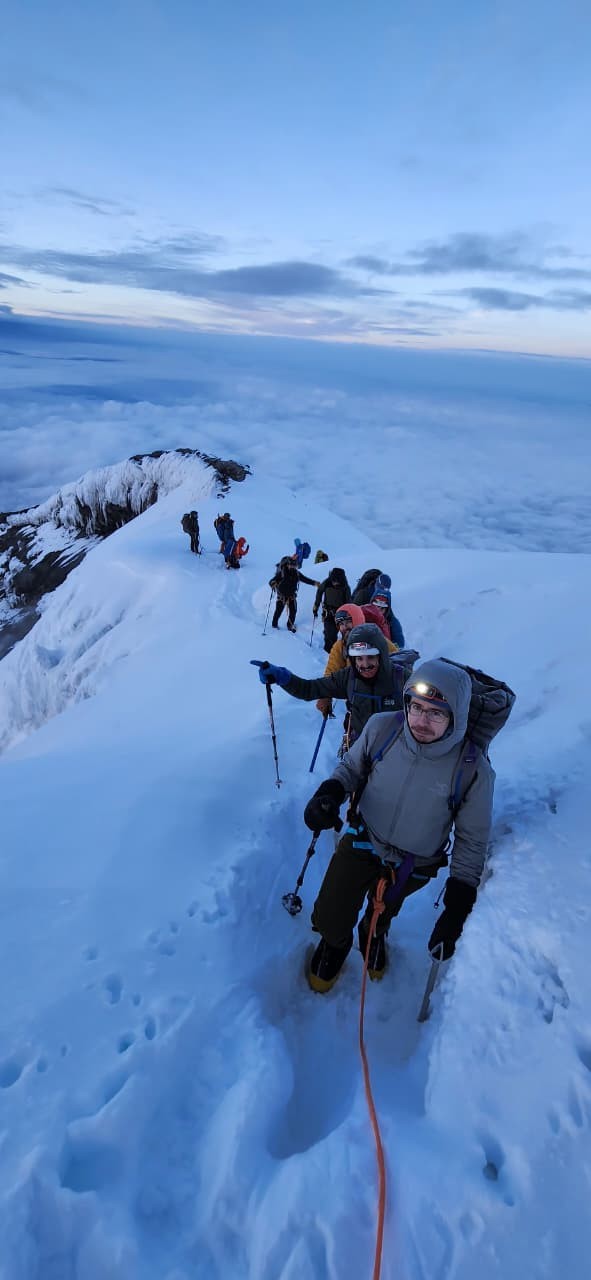


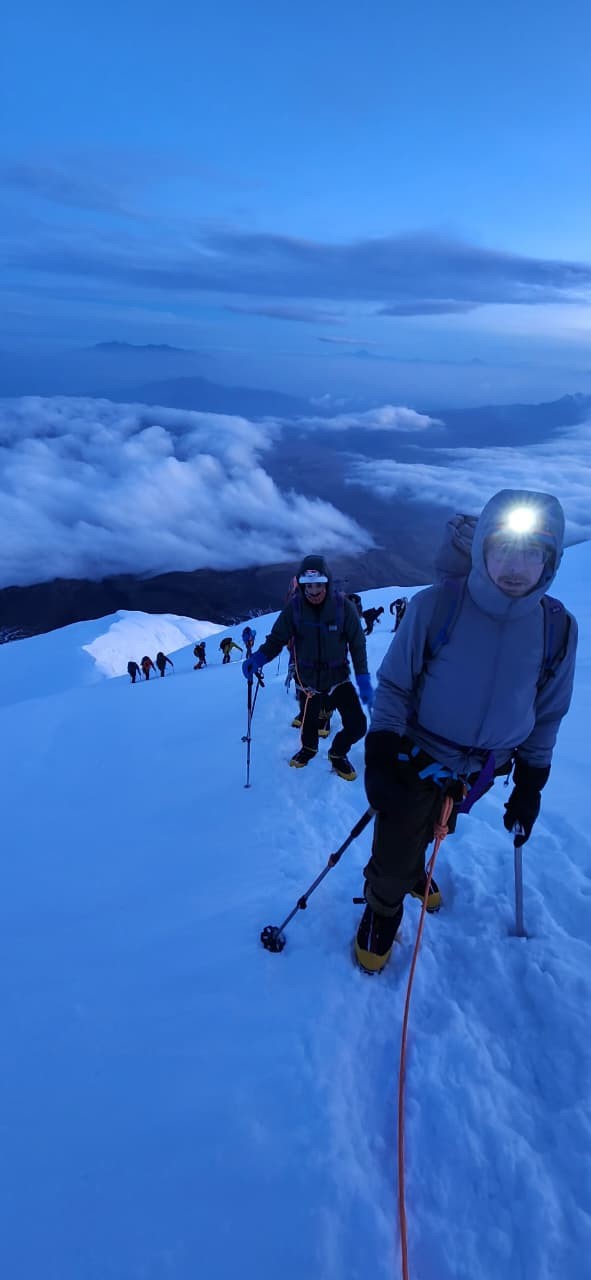
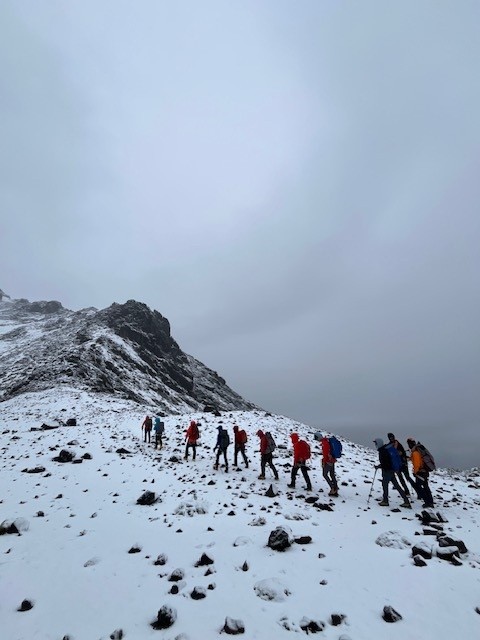
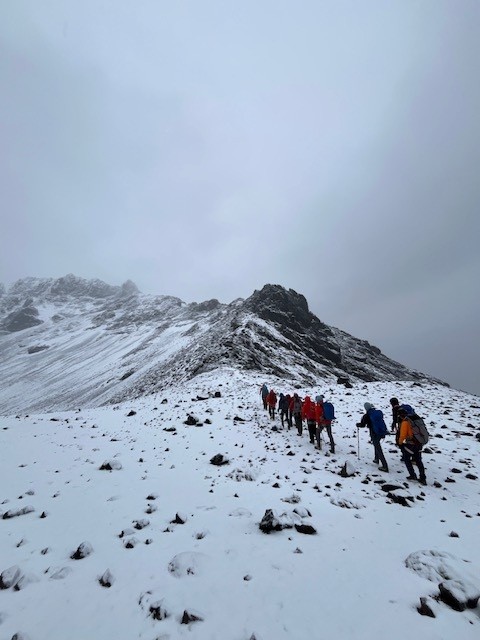
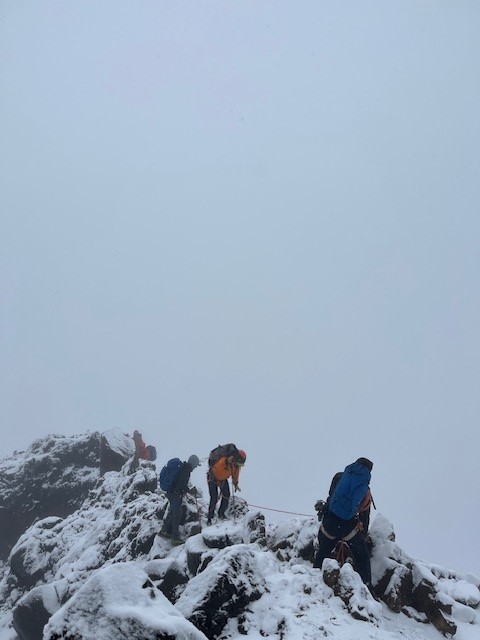
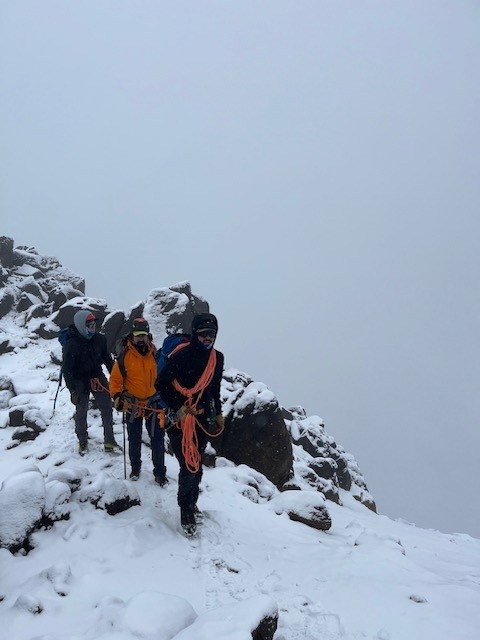
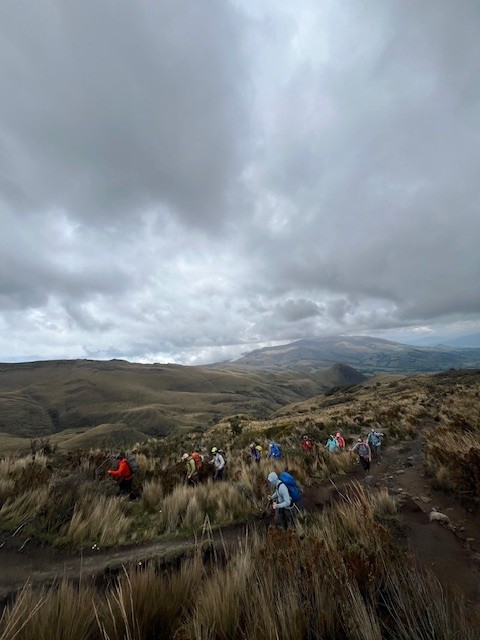
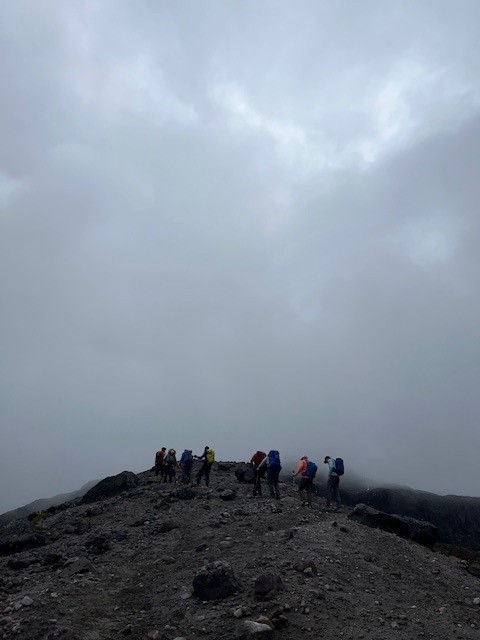
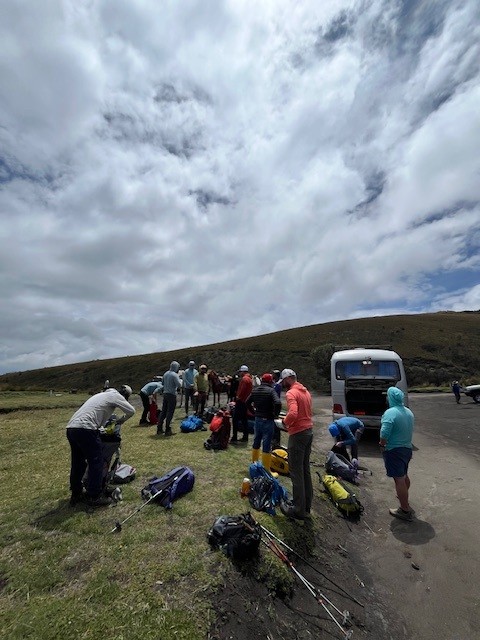
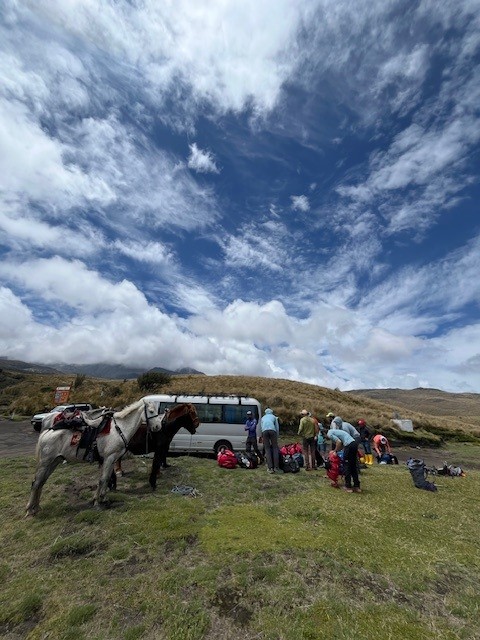


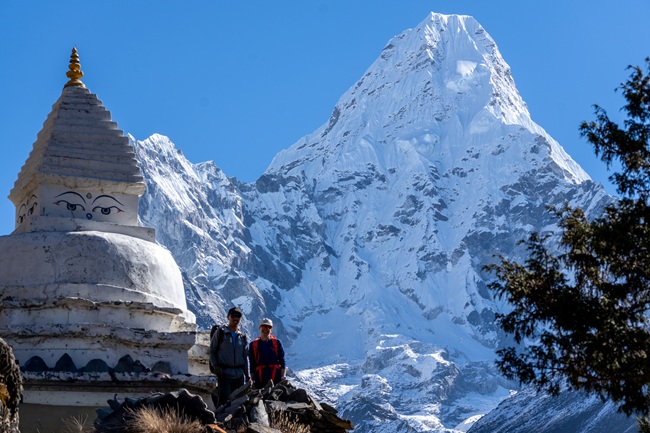


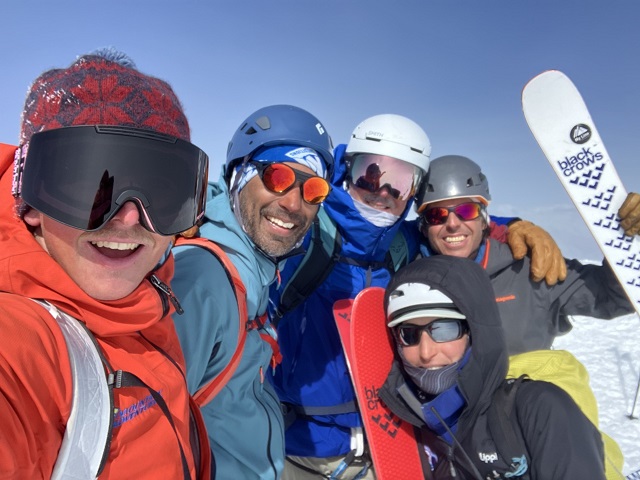
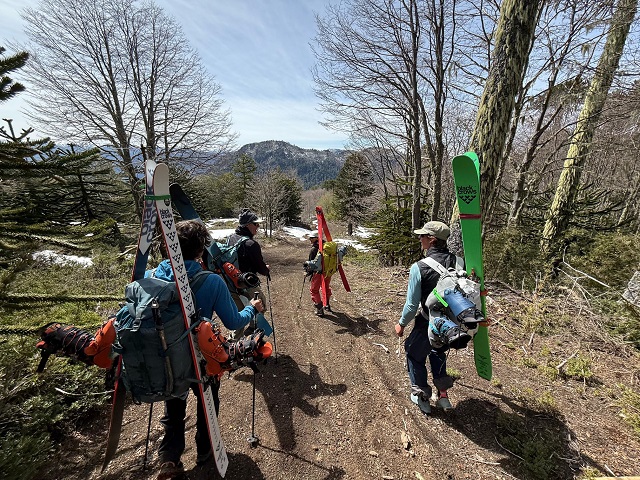
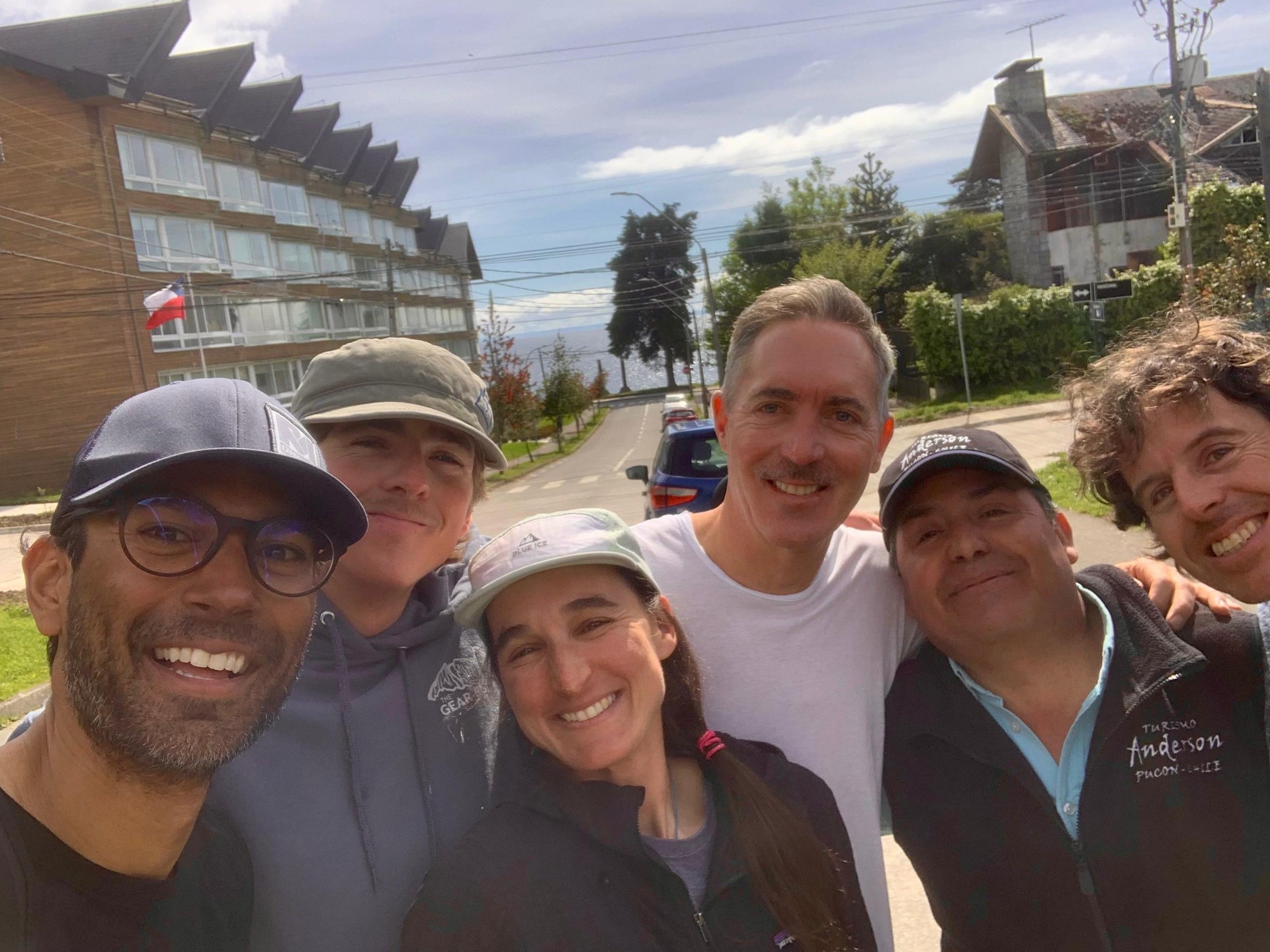









Kelby,
We have returned from Hawai’i. It was quite a bit different than these photos. 8-) Hoping for calmer weather for all of you in the days to come.
The Tidds
Posted by: Steve and Tina on 5/24/2019 at 4:08 pm
Good luck to the team and Tom Mulvey! May you find favorable weather.
Posted by: Jerry Suyderhoud on 5/22/2019 at 7:15 pm
View All Comments